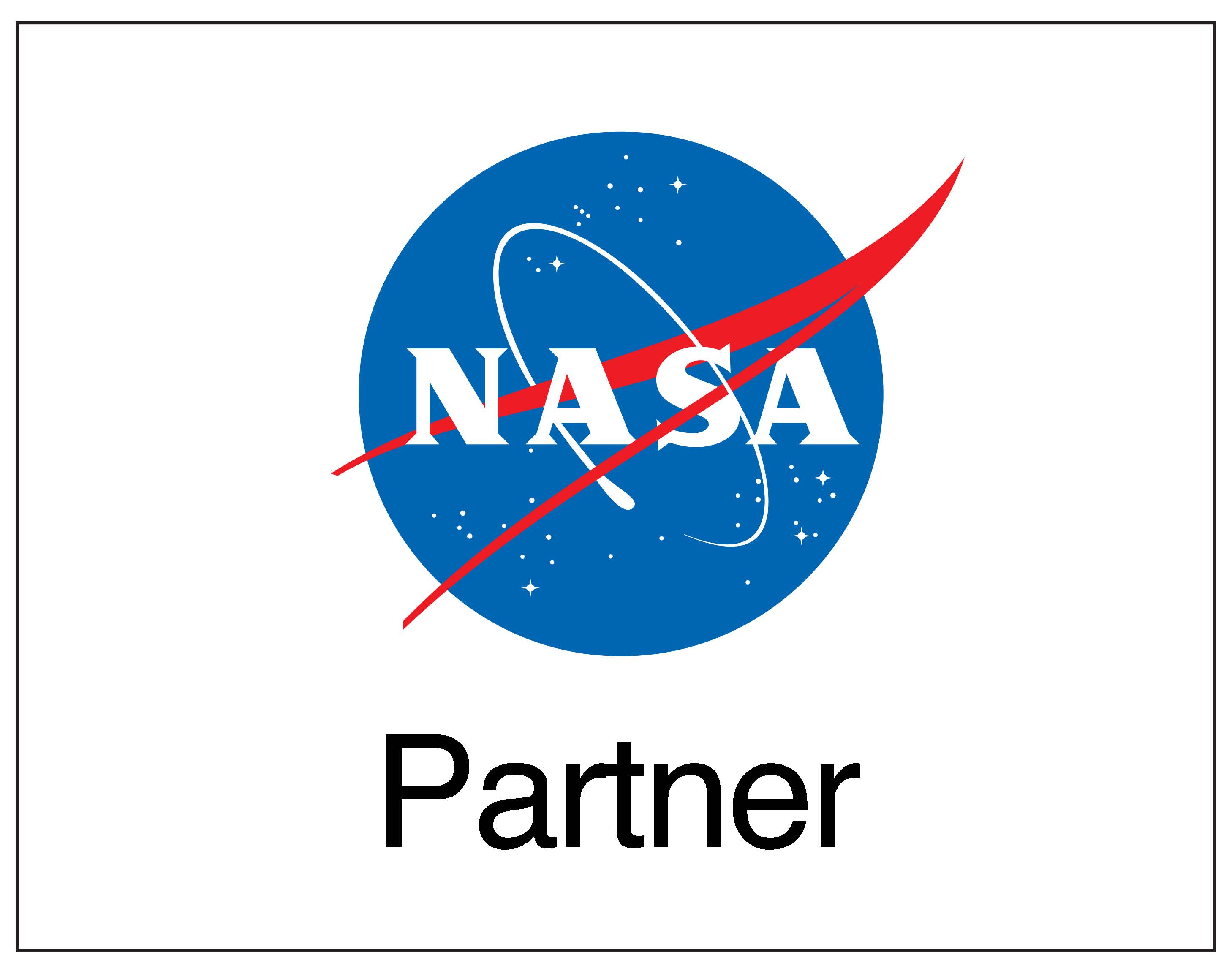Vianni Ricano Cadenas is an Aerospace Vehicle Design and Mission Analyst at NASA Langley Research Center in Hampton, VA. Ricano is part of Gateway's Cross-Program Integration team and collaborates with different programs to meet the goals of the Artemis Program. In addition to supporting the Human Exploration and Operations Mission Directorate(HEOMD), Ricano also supports the Science Mission Directorate (SMD). For SMD, Ricano performs early mission analysis for science missions. Ricano earned her bachelor's degree in Aerospace Engineering from Texas A&M University. | |
Dr. Samuel García Jr. serves as a NASA Educator Professional Development Specialist, Assistant Professor of Practice for the LBJ Institute for Education and Research. Dr. García helps facilitate professional development to both formal and informal STEM educators utilizing NASA resources with a specific focus on Culturally Responsive Pedagogy. He also works with faculty serving in Minority Serving Institutions in developing STEM educational tools and resources for teachers to implement in their classrooms. Dr. García’s research agenda is geared towards community and educational change by creating healthy, equitable, and culturally responsive learning environments for traditionally underserved populations. Dr. García. earned both his bachelor’s and master’s degrees from the University of Texas Río Grande Valley, formerly University of Texas Pan American and holds a doctorate degree in School Improvement from Texas State University. | |





